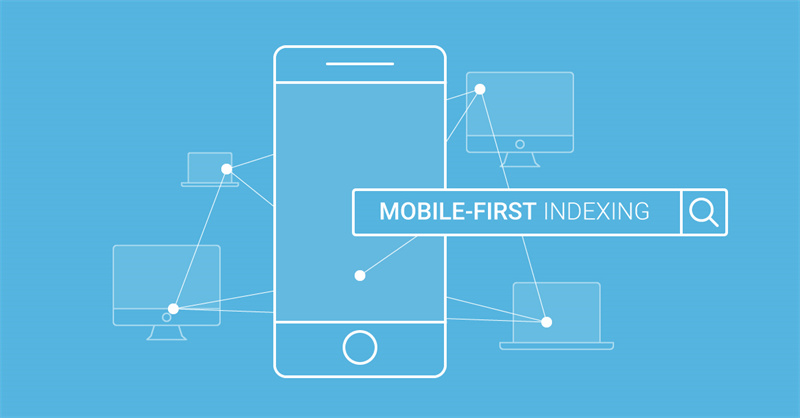Easier To Use, But Harder To Read
Out of the many ways that mobile and desktop sites differ, perhaps the most noticeable is with their layouts. Because of the huge size differences with screens of both desktops and mobiles, creating a site that functions on both perfectly is incredibly difficult. Of course, there are ways around this issue, or else every mobile site we come across would be near unusable. But in almost all cases, all of the information has to be condensed down to a fraction of the size as it would be on a monitor. This can make browsing the web exclusively on phone a pretty taxing task, and this is even more so the case for those that have visual impairments or certain disabilities. Once again, this can also be circumvented with the use of technologies like the accessibility widget, but on a whole, mobile websites usually have to be much more condensed to fit the required screen demands.
Prioritisation is a Must With Mobile Sites
Learning how to make a site mobile-friendly is a cornerstone of many developers’ careers. However, the entire premise of this learning process can almost be summed up in one meagre word; prioritisation. Prioritisation is essential on mobile sites, so much so that up to half of the information that would have otherwise been there on a desktop may have had to be cut out. As a consequence of this, this means that websites on desktops have a lot more freedom when it comes to what they write about and how they express themselves. Mobile sites have to be a lot more careful with what information they decide to keep in, and in reality, the margin for error is very small. This is once again, caused by the screen size of a mobile phone. On a desktop, you may be able to fit one thousand words on screen with relative ease. Alternatively, on a mobile, you would be lucky to even get one-fifth of that without things looking too messy. So, were you surprised to hear that desktop websites and mobile websites vary drastically between one another? If so, you are not in the minority. Barring the niche group of developers that have undertaken web design on both a desktop and a PC, very few people know that this is the case, and it just goes to show all the more just how talented certain computer wizards are.

